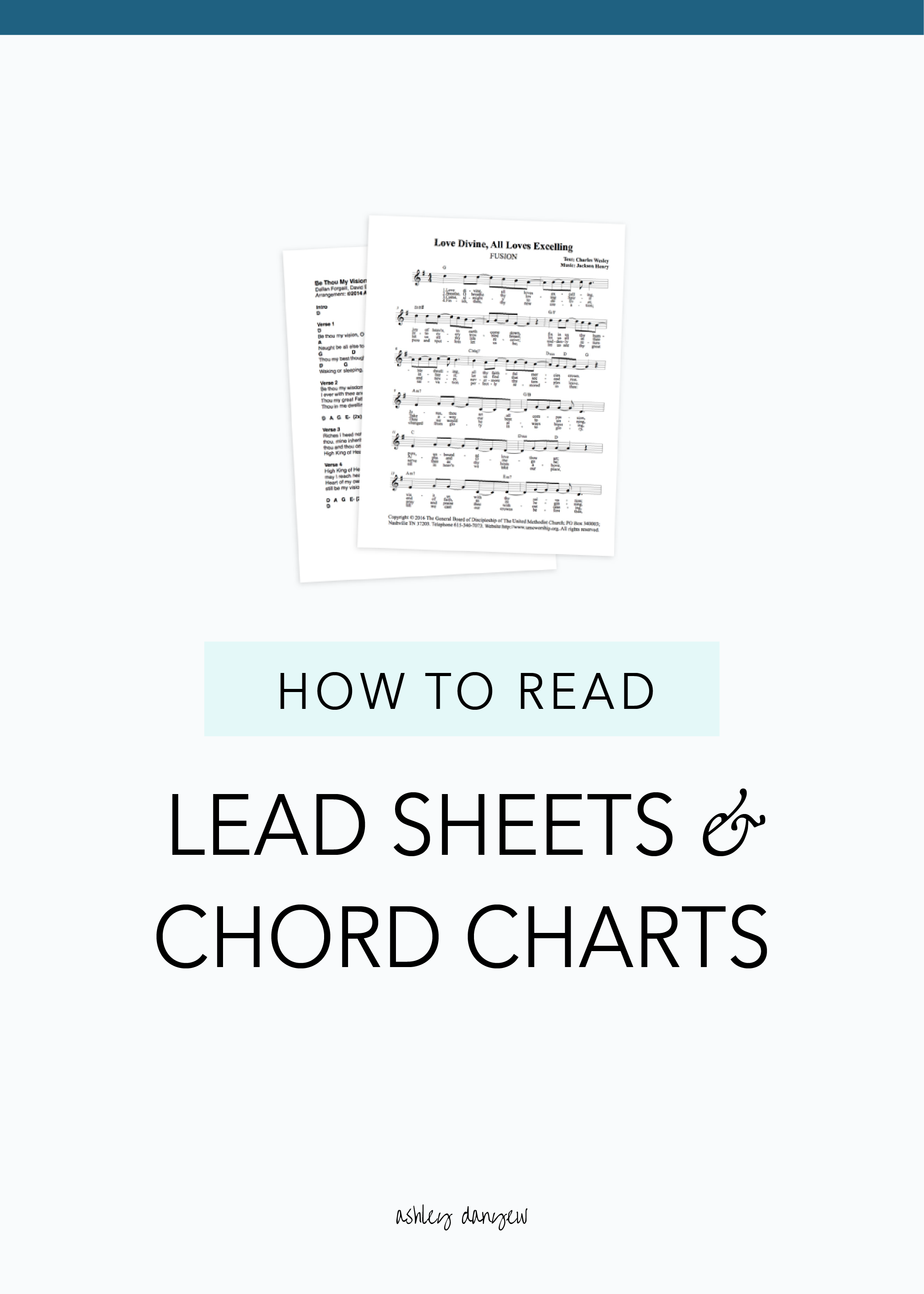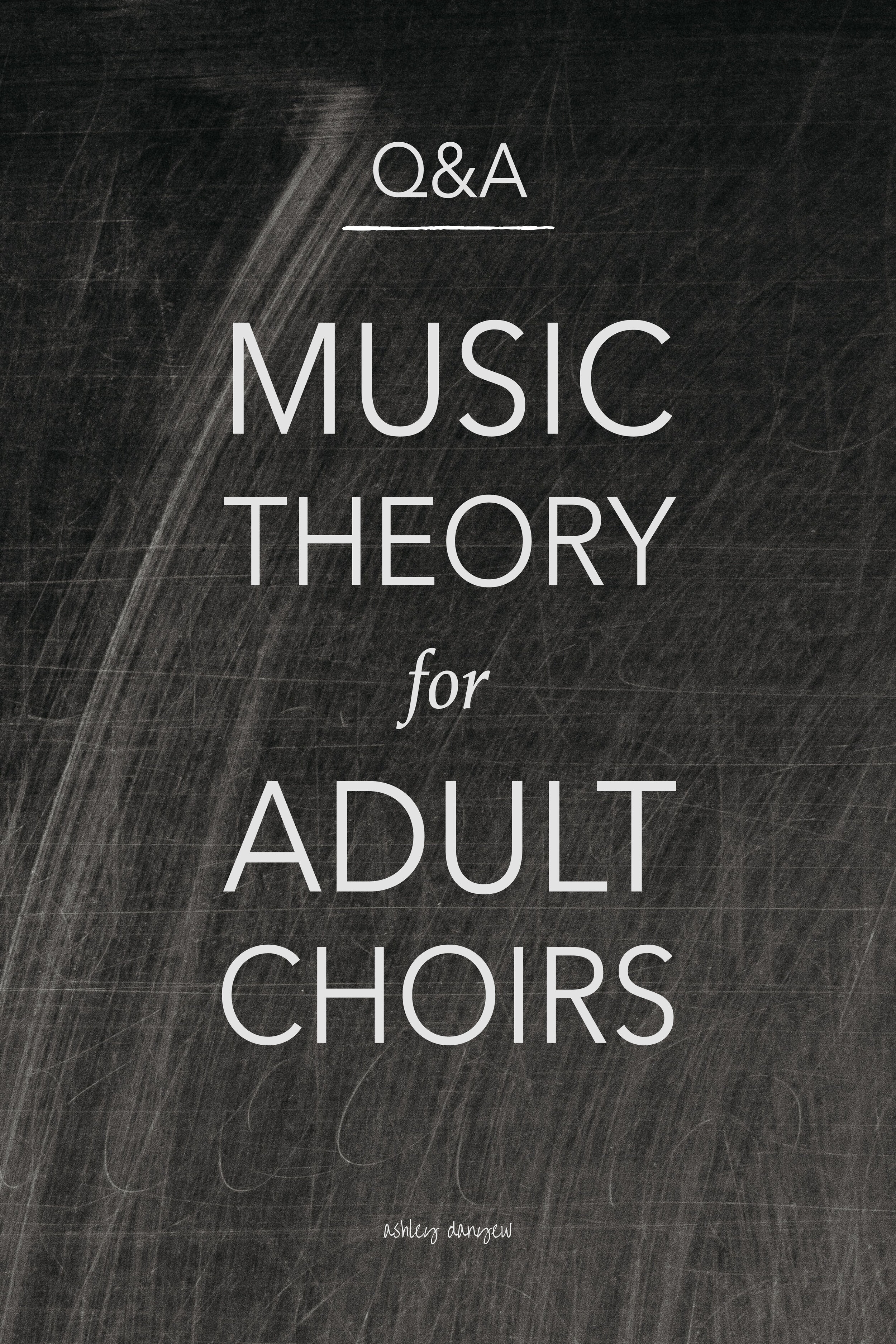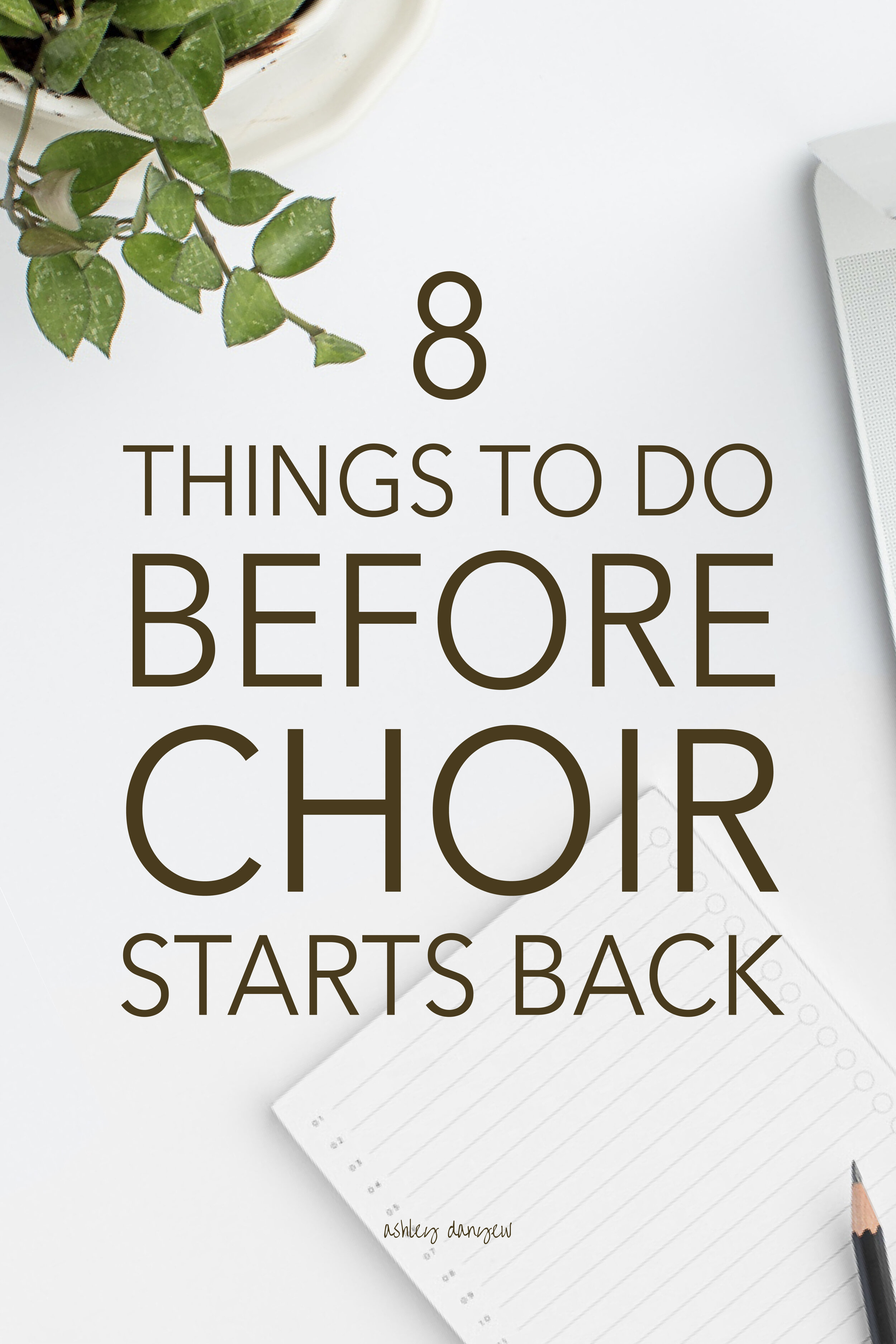You want me to play that? Where is the left hand part? Where is the time signature? Why aren't there any barlines?
If you haven't guessed it by now, I'm talking about lead sheets and chord charts.
Last year, I put together a free online workshop on this topic. Today, I want to share the transcript, for those of you that may prefer to read it. I'll talk about chord types, chord symbols, lead sheets and chord charts, accompaniment styles, and variation techniques you can start using right away.
So, grab a pen and a piece of paper (or better yet, print out the corresponding practice files - there's a notes page at the end of the packet) and get ready for a crash course in how to read lead sheets and chord charts.
This topic is especially applicable to those of you in more contemporary church settings, but I think you’ll find that the skills used in playing lead sheets and chord charts are skills we can all use - these are basic musicianship skills, for the most part. So, even if you’re not in a situation where you need to play from a lead sheet regularly, I think you’ll find the skills useful in the work you do, from harmonizing to composing to playing more by ear to developing flexibility, and more.
Let’s begin with the basics:
Chords
There are a few different types of chords you’ll see when reading and playing lead sheets and chord charts. Here’s a quick refresher from those high school and college-level theory classes on what those chords are and what they look like:
A major chord is a group of three notes: the root, a major third above (4 half steps), and a minor third above that (3 half steps), which is the fifth of the chord. For example, a C major chord is C-E-G: the root, the third, and the fifth.
Similarly, a minor chord is the root, a minor third above (3 half steps), and a major third above that (4 half steps). Notice how similar this is to the major chord: only the middle note, the third, changes. It moves down one half step. The root and fifth stay the same.
A seventh chord adds a minor seventh above the root. The C7 chord, for instance, includes the notes of the major chord, C-E-G, plus a Bb on top, the seventh.
An augmented chord means to raise the fifth by a half step, creating two major thirds stacked on top of each other. The C augmented chord is very similar to the C major chord, except the fifth is one half step higher, so it’s spelled C-E-G#.
Similarly, a diminished chord means to lower both the third and fifth by a half step, creating two minor thirds stacked on top of each other. The C diminished chord is very similar to the C minor chord, except the fifth is one half step lower, so it’s spelled C-Eb-Gb.
Chord Symbols
Chord symbols are the letters and numbers you see above the staff or above the lyrics on a chord chart. Chord symbols tell us what kind of chord to play.
The capital letter tells us the root of the chord and the number tells us about other notes to add in. For instance, take the D7 chord. The “D” tells us to play a D major chord: D, F#, and A. The “7” tells us to add a minor seventh above the root of that chord, which in this case is C. So, the D7 chord is spelled: D-F#-A-C. In jazz music, you may see numbers like “9,” “11,” or “13,” indicating that you’d add the ninth, eleventh, or the thirteenth note above the root of the chord to add richness and color.
Sometimes, you might see two numbers with a dash between them, like 4-3 next to the letter. This means to play the chord indicated with the fourth note above the root (instead of the third), then resolve to the third. An A4-3 chord would be spelled A-D-E, with the D resolving down to C#, the third. This is called a suspension.
If there is a lowercase “m” after the capital letter, that means to play the minor version of that chord. For example, "Bm" means to play a B minor chord (B-D-F#).
If the chord symbol has a slash in it, this tells us to play a specific inversion of the chord. Inversion is simply a way of respelling the notes of the chord. If you see something like G/B, it means to play a G chord with B as the lowest note, spelled B-D-G (a G chord in first inversion). The notes of the chord stay in the same order, you just start on B and build up from there.
You will see flat (b) and sharp (#) signs in chord symbols (e.g. Eb/G or D/F#) and plus (+) and degree (o) signs, indicating an augmented chord or diminished chord, respectively. These types of chords may also be abbreviated “aug.” or “dim.” (e.g. “Caug” or "Cdim”).
Let’s practice.
Here are a few chord progressions written in chord symbols. Can you translate these? Can you play them on the piano?
C F/C G7/B C
G Am7/E C D7 G
Am F/D Am/E E Am Dm E4-3 A/C#
Try playing one hand at a time, or playing the chord in your right hand and the root (or bass note, if there’s a slash in the chord symbol) with your left hand.
Lead Sheets & Chord Charts
Now that we’ve talked about chords and chord symbols, it’s time to talk about context. What is the difference between a lead sheet and a chord chart, anyway?
A lead sheet has the melody line (notated on the staff) with chord symbols written above.
A chord chart has chord symbols and lyrics (most of the time), but no music notation.
A lead sheet may be used for solo playing, to accompany an ensemble, or to support congregational singing. When reading a lead sheet, you’ll play the melody (mostly with your right hand pinky) and fill in the chords with your remaining right hand fingers and the bass line in your left hand, using the chord symbols to guide you.
A chord chart is often used for accompaniment - as part of a praise band or in a situation when a soloist or instrumentalist is playing the melody. As such, you’re really just reading the chord symbols and keeping track of the chord progression (when the chords change).
Accompaniment Style
Now that you know a little more about how to read lead sheets and chord charts, it’s time to talk about style. There are two main style approaches to playing a lead sheet or chord chart:
The first is keyboard style. In keyboard style, the chords (and melody, if applicable) are in your right hand, played in the middle register of the piano (around Middle C) and the bass line is in your left hand (single notes or octaves). If you’re playing the melody as part of your accompaniment, make sure the melody note is on top with the rest of the chord below.
An alternative to keyboard style is something jazz musicians like to call trio style. In trio style, the chords are in your left hand (but in the middle register) and the melody or other melodic material is in your right hand (in a higher register). If you’re playing with a band and you have a bass player playing the bass line, trio style is a great style choice.
Ultimately, you want to keep the chords in the middle register of the piano, where they can be heard clearly without sounding muddy or too dense.
Variation Techniques
Once you know the basics, there are lots of things you can do to vary the chords written on the page to create a more cohesive keyboard accompaniment. Here are a few ideas:
Blocked chords
Play all the notes of the chord blocked together, either once at the chord change and held through, pulsing with the beat, or with some sort of rhythm.
Rhythmic variation
Pulse the beat or play a simple, repeated rhythm pattern on the bass line note through. If you’re not playing the melody, play around with rhythmic variation in your right hand chords, too.
Broken chords
Play the notes of the chord one at a time instead of blocked together. Explore arpeggios between your two hands (playing notes of the chord in keyboard order, going up or up then down), or broken chord patterns like 1-3-5-3-5-3 or 1-5-3-5-1.
Inversions
Play around with different chord inversions in your right hand, especially if you’re not playing the melody. Aim for smooth voice-leading - try to find the closest inversion from chord to chord to avoid a lot of jumping around. Maybe even try playing different inversions on different beats of the measure, and using different octaves for added effect.
Bass line
Modify the bass line so you’re not playing only the roots of the chords. Add your own slashes to the chords written or try different inversions and see what you like. Try a descending bass line, like this:
C Em/B F/A G
Ready for some practice?
Here’s a sample lead sheet you can use to get started developing your chord-playing skills. Play through the melody first, then practice the chords. Try playing keyboard-style, with the melody and chords in your right hand and the bass line in your left hand.
Want to learn more?
Join me in The Church Musician Primer, a 4-week online keyboard skills course for church pianists and organists designed to give you the tools and resources you need to lead and support choral and congregational singing in a variety of worship settings.
That’s it for today. I hope this is helpful to you! If you’re looking for more training resources like this, be sure to check out the Courses page for a series of online courses and workshops designed specifically for church musicians.







































